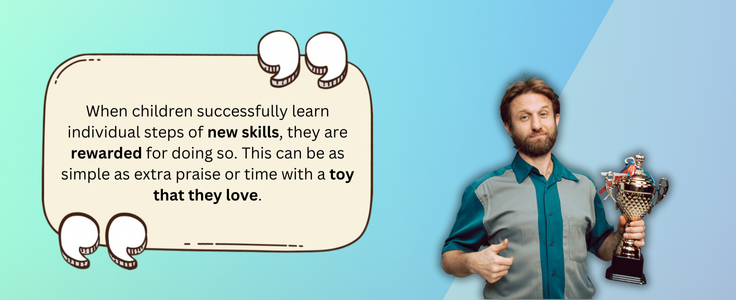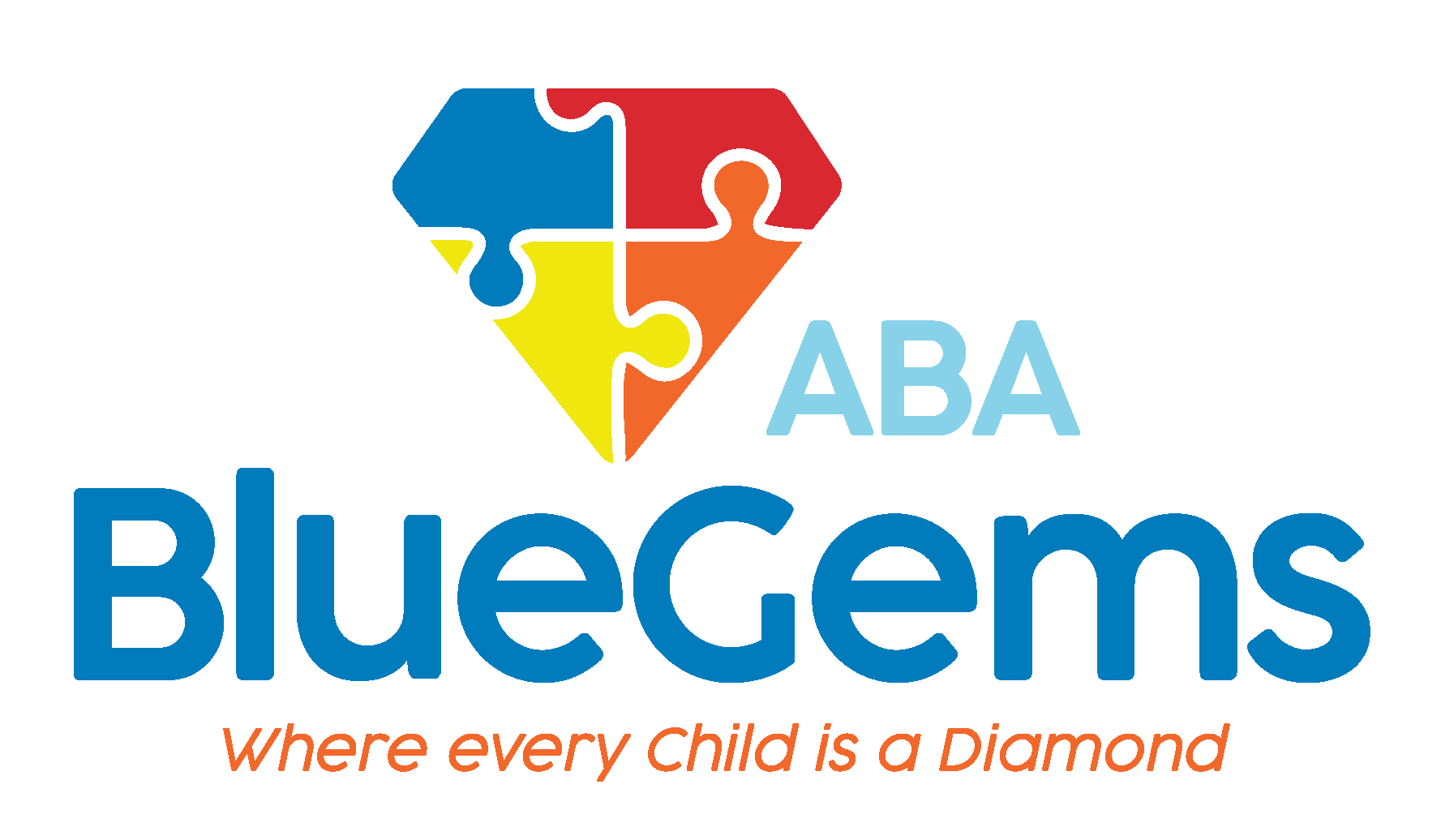The Science Behind ABA Therapy
Applied behavior analysis is considered to be the gold standard of treatment options for children with autism spectrum disorder (ASD). Commonly known as ABA therapy, it is a science- and evidence-based approach to learning and behavior that helps children with autism overcome the challenges they face due to their neurodevelopmental disorder.
ABA therapy has been used as a leading treatment program for children on the autism spectrum for many, many years now. It’s evolved and been tweaked over time in response to new studies and research that help shed light on the needs of children with autism and how they can best be supported.
But, what is the science behind ABA therapy that drives how this treatment plan was created and is administered?
We’ll discuss that topic in more depth below.
Table Of Contents
How Does ABA Therapy Work and What are Its Goals?
ABA therapy approaches supporting children with autism in a very individualized and structured way. Treatment plans are catered specifically to each patient’s unique strengths and challenges after a period of observation, and then are modified and changed over time based on the child’s progress toward stated goals.
To teach new skills, ABA therapists help children better learn new skills and how to adapt new behaviors by breaking bigger concepts into smaller steps. Positive reinforcement and repetition are also key components of this teaching method.
ABA therapy’s ultimate goal is to help children on the autism spectrum improve behaviors considered to be socially significant. This includes adaptive, social and communication skills, as well as academic performance and daily life skills.
Children with autism can also learn how to reduce the occurrence of problem behaviors that often interfere with their daily learning and functioning, including behaviors that are repetitive, aggressive and/or self-injurious.
What is the Science That Guides ABA Therapy?
The science that guides ABA therapy revolves around the basic principles outlined in behavior analysis, or BA1. In essence, BA is an area of scientific study all to itself — focusing exclusively on people’s behaviors.
The core tenet of BA and, therefore, ABA therapy is that by understanding how the environment around a person is influencing their behavior, systematic interventions can then be used to help modify that behavior2.
Many children with autism, for example, struggle with either hyposensitivity or hypersensitivity and can often experience sensory overload. Some children with ASD face challenges dealing with loud sounds, strong odors, certain textures and bright lights3.
When they are presented with these sensory stimuli, they can easily feel overwhelmed, stressed and /or anxious. As a result, they might exhibit what could be problematic behavior — either throwing a tantrum, screaming, rocking back and forth, or other self-stimulating behaviors.
The goal of ABA therapy, in this example, would be to help the child manage their feelings and emotions in a better way (i.e. modify their responsive behaviors) when they are exposed to these stimuli.
By understanding what the root cause of the behavior is — in this case the stimuli that’s presented to the child in their environment — ABA therapists can create a personalized plan to help the child modify the behavior.
What BA Principles Does ABA Therapy Follow?
ABA therapy’s foundation is built on some of BA’s key principles.
One is something that’s known as the ABC Model4. In this model, there is a strong focus on what relationship Antecedents have on Behaviors that cause certain Consequences to happen.
Having an understanding of the relationship between the ABCs allows the ABA therapist to better identify all factors influencing the child’s behavior, which enables them to develop specific interventions that are effective.
Another key principle is positive reinforcement5. When children successfully learn individual steps of new skills, they are rewarded for doing so. This can be as simple as extra praise or time with a toy that they love.

The reward system follows the same basic formula for all patients, but the specific reward that’s given is based upon each child’s individual preferences. Providing incentives for learning new skills better motivates children with autism to continue learning and modifying their behavior.
When teaching new skills, ABA therapists will also use another key BA principle — prompting and fading. The therapist will provide their patients with verbal, gestural and/or physical cues that signifies to them it’s time to perform a certain task.
These cues help to guide children toward desired responses, such as picking up a toothbrush when it’s time to brush their teeth. Over time, as the child masters each of the individual steps of new skills — and is rewarded for doing so — the therapist will slowly fade away the prompts, which encourages the child to independently perform the desired behavior.
Blue Gems ABA’s Treatment Plans are Rooted in Scientific Evidence
The reason why ABA therapy is consistently considered to be the leading treatment option for children with autism is that it’s rooted in scientific evidence. In other words, it works because it’s based on principles that have proven to help children on the autism spectrum learn new skills and modify their behaviors successfully.
At Blue Gems ABA, our entire approach to supporting children with ASD is rooted in the various scientific evidence that forms the basis of ABA therapy.
To learn more, please contact us today.
References
- https://www.fit.edu/programs/applied-behavior-analysis-ba/#:~:text=Behavior%20analysis%20is%20a%20scientific,problems%20and%20evaluates%20their%20effectiveness.
- https://pmc.ncbi.nlm.nih.gov/articles/PMC9458805/
- https://www.autismspeaks.org/sensory-issues#:~:text=Many%20autistic%20people%20experience%20hypersensitivity,people%20can%20easily%20tune%20out.
- https://www.in.gov/fssa/ddrs/files/AssistedSupports_BS_BT_ABC_V2.pdf
- https://bluegemsaba.com/operant-conditioning/




